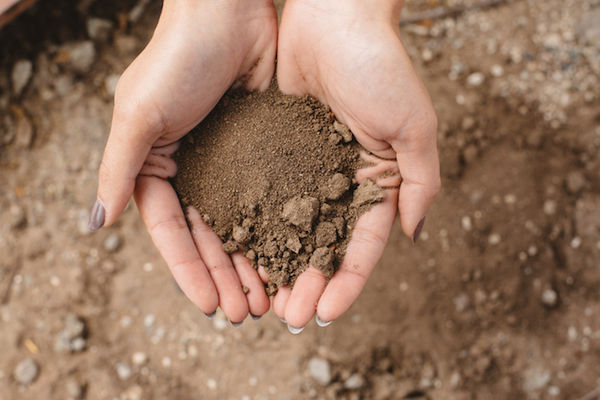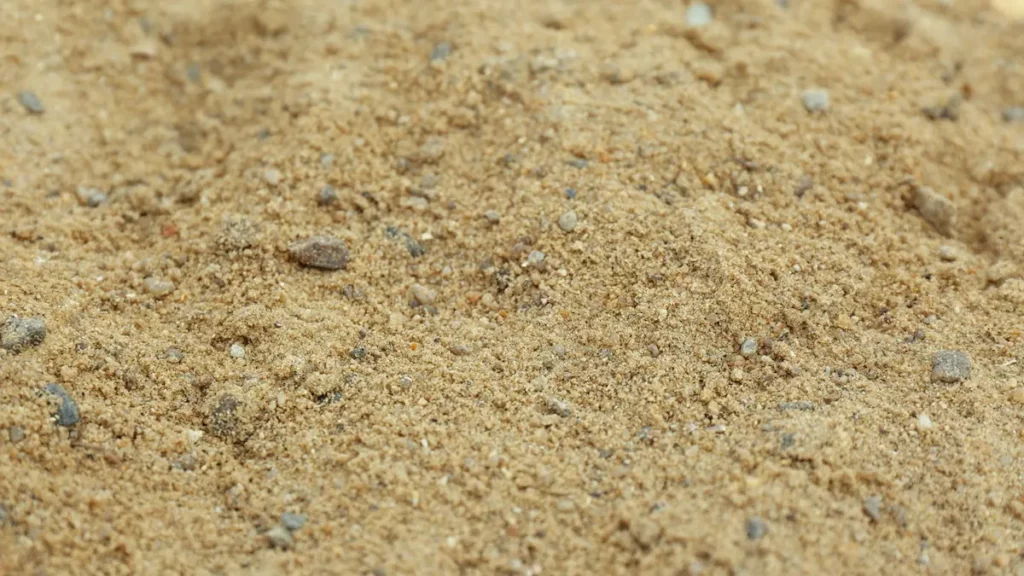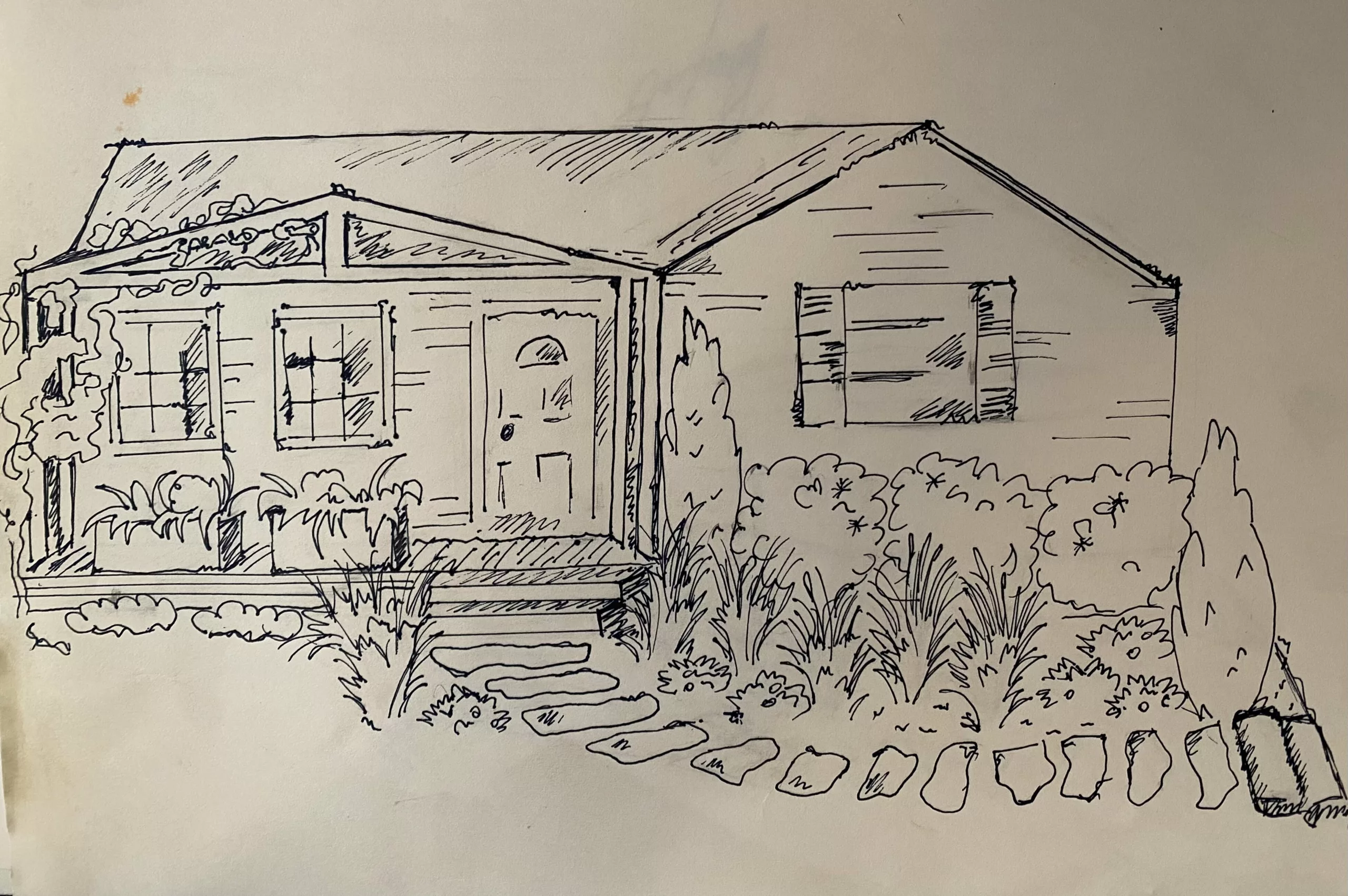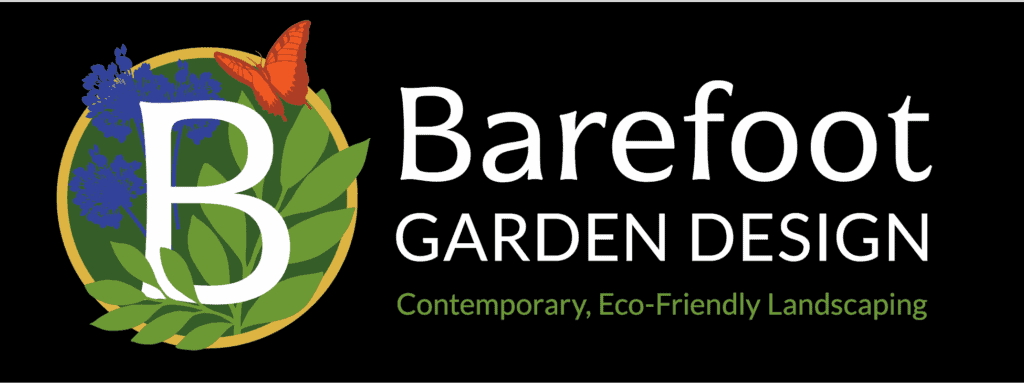Introduction
Soil is perhaps the most important ingredient in determining any garden’s success. This is because soil mediates how plants are able to do just about anything. From getting water, absorbing nutrients, and defense from pests and diseases, soil does it all. It’s important to have a good guide to soil.
From the most novice beginners to the most experienced, understanding different types of soil, and learning what types plants prefer, is a must for every gardener.
The first thing to learn about soil is the “Soil Pyramid”. All soils contain three major parts: clay, silt, and sand. The ratio of these three parts in any type of soil affects drainage, nutrients, pH, water absorption, and a myriad of other factors.
Almost all soils contain a mix of all three in varying degrees. However, soils that have a dominant ratio are often identified by their majority. For example, we’d say Georgia and the Carolinas have clay soils.
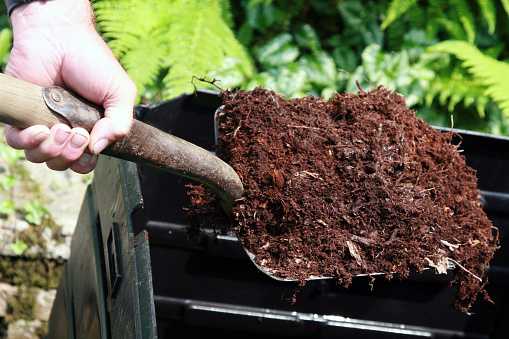
What is Clay Soil
Clay is the finest particle of soil. In fact, the particles which make up clay are so fine, when they stick together, even water struggles to pass through them. Hence why clay soils are notorious for forming large slots, and retaining too much water.
Because clay is so teeny tiny, and has a high affinity for sticking to itself, it does not hold nutrients very well. Since clay forms such tiny clots, clay soils are prone to oscillating between being extremely dry and cracking, and being so saturated they become like suction-mud. (This is another reason why trying to grow plants in clay soils hardly ever goes well.)
However, clay does have its benefits as well. When clay is present in the right ratio with sand and silt, it plays an important role in keeping the soil hydrated. If your soil contained no clay, water would move through too quickly for the plant roots to absorb it. And if our plants can’t get water, they can’t get nutrients!
What is Silt Soil
Silt is formed by the erosion of rock by rivers or glaciers, creating medium-sized particles of soil. Unlike clay, which feels spongy when wet and rock-like when dried, wet silt has a slippery texture, and feels like flour when dried. The larger particles do not stick to themselves as tightly as clay, helping them carry more nutrients.
This soil is very nutrient dense, but due to its light molecular weight (and lack of clotting), it is easily washed away or matriculated by water. Many riverbeds, ponds, and lakes are full of silt. That squishy feeling when you wade into a river or pond? That’s silt!
These soils are incredibly fertile. It’s predicted that agriculture was first practiced in areas with high-silt soils. However, silt by itself is not the ideal garden soil. Without clay or sand, silt erodes too quickly, and doesn’t provide enough structure for plants to establish strong roots.
What is Sandy Soil
Sand is the largest of the soil particles. In sand, plant roots have an easy time maneuvering through the soil. However, they won’t find much in the way of water, or nutrients. Because of their large size, water and nutrients can quickly pass through sand.
Sandy soils are rather acidic, and resistant to compaction. Areas with sandy soil rarely need aeration. Sandy soils are ideal for some crops, including blueberries and watermelon. However, many garden plants may struggle from the lack of nutrients and dry soil.
When sand is mixed with clay and silt, it provides structure which allows plant roots to grow through the soil, and helps excess water drain quickly.
What is Loam Soil?
If a soil has a mixture of all three particle types, it’s described as a loamy soil. Loam soils are light, nutrient rich, and drain readily. Often these soils are thought of as ideal for agricultural and garden use.
Loam has enough of all three soil particle sizes to have ideal plant-growing properties. Enough sand keeps the soil well-aerated, and allows water to drain. Silt provides nourishment, and clay packs in to keep everything in place. When these are combined in ideal ratios, idyllic loamy soil is formed.
If you live in any neighborhood that’s been developed in the last 20-30 years, it’s likely you have highly compacted soil– the exact opposite of loam. (The reasons for this are a tangent for another time.) Repairing compacted soil takes many years.
The best tools for repairing soil are patience and organic matter. If you have heavily compacted, heavy clay, or nutrient poor soils check out some of our blogs for tips and tricks on how to amend soil!
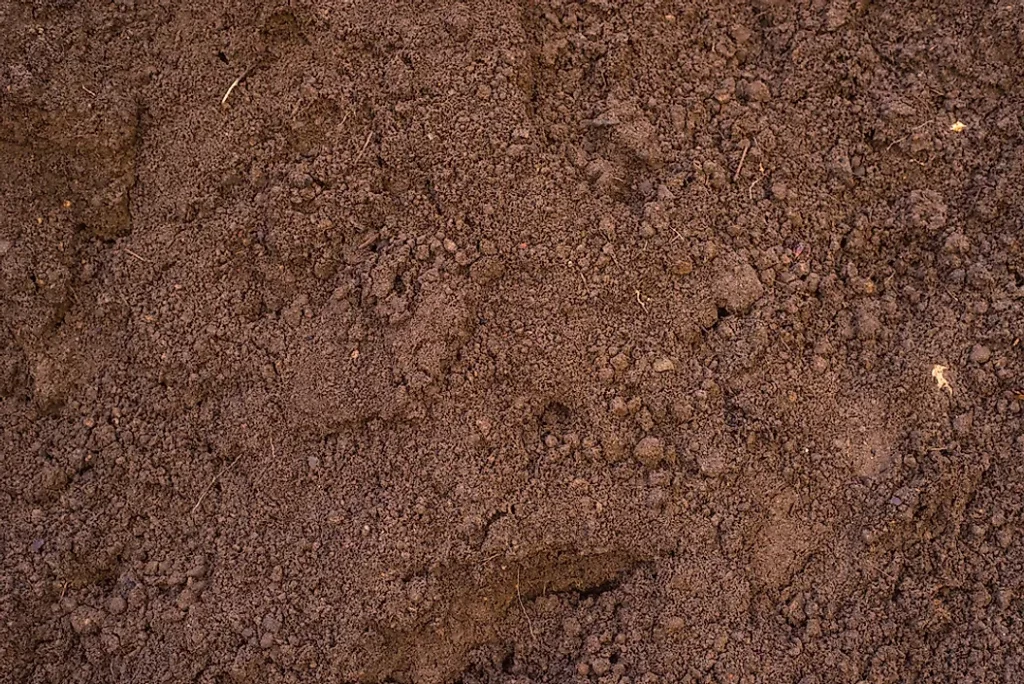
Why is Soil Important
Soil mediates how plants do– or don’t– grow. All the chemicals and molecules that plants need to be plants must be present in the soil for the plant to grow. Soil also mediates how much water plant roots are exposed to. Of course, rain and watering affect how much water is in the soil, but the soil commands how much, how little, and for how long, the plant have access to water.
Texture is another way soil affects plant life. For example, tall trees seldom grow in sandy soils, because they cannot root strong enough to keep from falling over in strong storms. Likewise, herbaceous annuals can struggle in clay soils because they cannot get rooted deep enough to have access to the water they need.
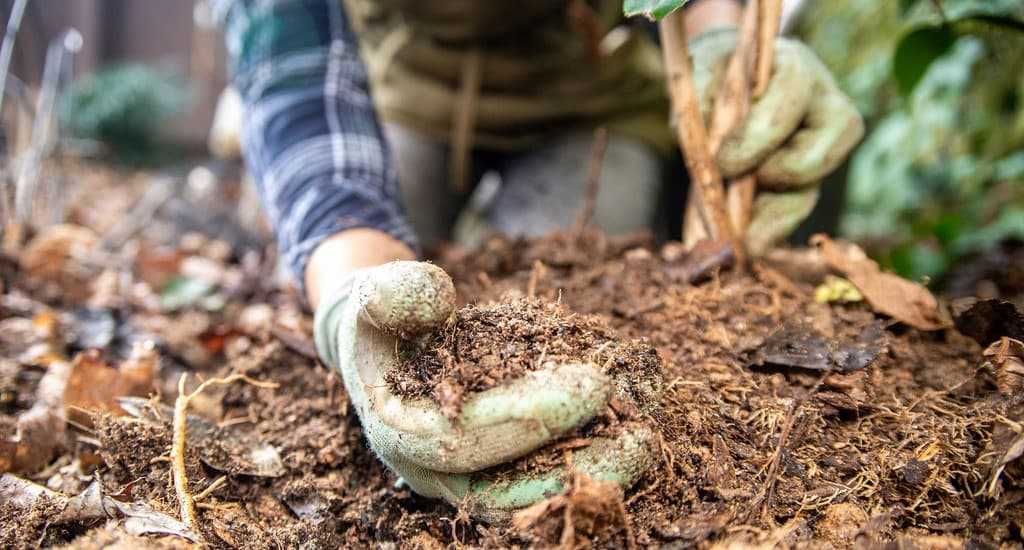
Soil is also important to the ecosystem of the whole planet– not just our gardens. Soil helps sequester excess atmospheric carbon, the same way trees do. Around the world, soil hosts trillions of microbes that have a direct impact on human health. Everything we eat comes from the soil in one way or another. When our soils are filled with toxic chemicals, or devoid of nutrients, so are we.
Eco-friendly landscaping, home gardening, homesteading, and regenerative agricultural practices all help protect, conserve, and rebuild our soil. When our soil is healthy so are we, and so is the planet.

How to Sterilize Soil
Sterilizing soil is a familiar practice to people who love houseplants. If you have soil contamination in a garden or outdoor space, the only way to “sterilize” that soil is by diluting it with uncontaminated soil.
For houseplants, purchased potting mix is often sterilized through a process called pasteurization. Soil contains millions of trillions of living microbes, some of which harm plants, but the vast majority of which help plants. Pasteurization gently heats the soil to set temperatures, so the pathogen microbes die off, but the beneficial ones stick around.

How to measure the pH of Soil
Your state or county extension office should offer soil pH testing services. During peak agricultural seasons, these services may come at a small fee, but in the off season, they should be free.
To get one of these samples contact your local extension agency. They will send you a sample box to put some soil in and mail it back to them. They will test your soil and send results back to you.
There are at-home tests available for testing soil, but these are less accurate.
How to change to pH of soil
The pH of soil is determined more by the nutrients available than the texture (clay, sand, silt) of the soil. For our plants, pH has a huge affect on root growth, and nutrient uptake. Different plants prefer different soil pH, but in general, most plants are happiest in a neutral pH of around 6.5-7.
In areas with high clay content, soil usually needs to be acidized. The fastest way to make soil more acidic is by applying lime. Lime is simply crushed and powdered limestone.
In regions where soils are excessively sandy, it may be necessary to neutralize the pH of the soil. The fastest way to create a more basic pH is by adding wood ash. Allow the wood ash to cool completely, and make sure there is no toxic wood!

Which soil is the best for growing plants
Like most things in life, there is no one answer that fits this question. Plants like a wide range of soil depending on the type of plant, where they evolved, and what climate they are best suited for.
For the sake of home gardening or landscaping, most plants will enjoy a Loamy soil. These soils are light, drain easily, and contain plenty of nutrients. Most plants will be pretty happy in these loam soils.
If you have a plant, shrub, or tree that habitually doesn’t do so not in your yard, do some research on what soil is ideal for that specific plant, and do your best to adjust the soil accordingly.

Conclusion
Soil is the literal foundation of any good garden. It provides plants with the structure, water, and nutrients they need in order to grow and thrive and be their best. Taking care of our soil is the best way we can take care of our plants. If you want a garden that really pops, be sure to start by making sure you’ve got the best soil.


